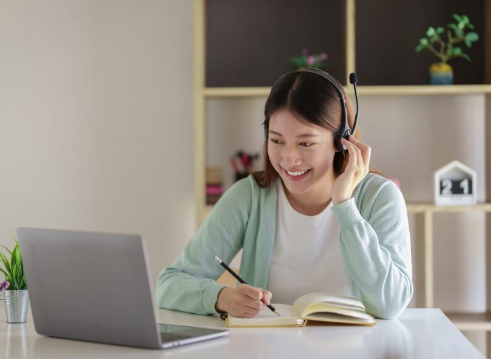Article:
Google Classroom has become a central hub for learning in many schools around the world. In 2025, its flexible features are enabling teachers to personalize learning more effectively than ever before. With the right strategies, Google Classroom can support individual goals, encourage student ownership, and make differentiated instruction easier to manage.
Creating Individualized Assignments
One of the most powerful personalization features in Google Classroom is the ability to assign work to specific students. Teachers can create multiple versions of an assignment based on readiness levels, learning styles, or interests, and assign them to the appropriate students. This allows instruction to meet learners where they are without overwhelming the class.
Using Topics to Organize Learning Paths
Teachers can use the “Topics” feature to group assignments by learning objectives or student interests. Students can navigate these topics at their own pace, helping them take control of their progress. For example, a unit on ecosystems might include separate tracks for visual learners, project-based learners, and students working on advanced content.
Incorporating Student Voice and Choice
Google Classroom supports links to outside tools like Google Forms, Docs, Slides, and third-party platforms, allowing teachers to offer assignment options. Giving students a choice in how they demonstrate understanding fosters engagement and independence. Teachers can provide menus of activities or let students propose their own project ideas.
Providing Timely Feedback
Built-in comment and grading features make it easy to give personalized, actionable feedback. Teachers can respond to student work in real time, helping guide revision and improvement. Google Classroom also supports private comments, which create space for ongoing dialogue between teacher and student.
Tracking Progress and Goal Setting
Using rubrics and progress tracking tools, students and teachers can monitor growth over time. Teachers may help students set personal goals and reflect on achievements within the platform. These check-ins foster responsibility and encourage a growth mindset.
Connecting with Guardians
Google Classroom offers guardian summaries that provide updates on student performance and missing assignments. This feature strengthens the home-school connection and helps families support learning goals at home.
Conclusion
Google Classroom is more than a digital assignment collector—it’s a dynamic platform for personalized learning. By leveraging its features creatively, educators in 2025 can craft experiences that adapt to each learner’s needs and strengths. With clear communication, thoughtful design, and student input, Google Classroom supports a more personalized, effective, and meaningful educational journey.













